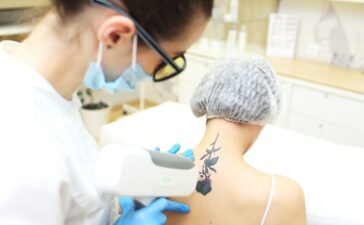Off-roading is a thrilling activity that many people love to participate in. The sense of adventure, freedom and challenge that comes with driving off the beaten path is hard to replicate. However, this activity also comes with its fair share of risks, and safety should always be a top priority.
One of the key safety measures to consider when off-roading is the use of recovery points. Recovery points are designed to be anchor points on a vehicle where a winch or tow strap can be attached to help pull the vehicle out of a tricky situation. When driving off-road, getting stuck in mud, sand, snow, or rocks is not uncommon. In such situations, recovery points can be used to safely and efficiently recover the vehicle without causing damage to the vehicle or anyone involved.

There are different types of recovery points, and it is important to understand their differences and how they should be used. A common type of recovery point is the factory tow hooks that come with many vehicles. These are often located on the front and rear of the vehicle and can be used to attach a tow strap or winch cable. However, not all tow hooks are created equal, and it is important to make sure they are rated for the weight of the vehicle and the force of the recovery.
Using a tow hook that is not rated for the task can result in it breaking and causing serious injury or damage to the vehicle. Another type of recovery point is the aftermarket bumper or frame-mounted recovery points. These are typically more heavy-duty and can handle greater loads. They are often designed specifically for off-roading and can be a great addition to any vehicle that is used for this purpose. When choosing aftermarket recovery points, it is important to make sure they are compatible with the vehicle and that they have been properly tested and rated for the intended use.
When using recovery points, it is important to follow proper procedures and guidelines to ensure a safe recovery. Before attaching the tow strap or winch cable, it is important to inspect the recovery points and make sure they are in good condition and properly attached to the vehicle. The attachment points should be free of debris, rust, or damage that could compromise their strength. If there is any doubt about the integrity of the recovery points, it is best to find an alternative attachment point or seek professional assistance.
It is also important to use the right equipment when performing a recovery. A tow strap or winch cable should be rated for the weight of the vehicle and the force of the recovery. Using an under-rated or damaged strap or cable can result in it snapping and causing serious injury or damage. It is also important to use the right type of strap or cable. A kinetic recovery strap, for example, is designed to stretch and absorb shock, making it ideal for recovering a vehicle that is stuck in soft terrain such as sand or mud. A winch cable, on the other hand, is better suited for recovering a vehicle that is stuck on a steep incline or a rocky terrain.

When performing a recovery, it is important to communicate clearly with everyone involved. The driver of the stuck vehicle should follow the instructions of the person performing the recovery and should be ready to apply the brakes or shift gears as needed. It is also important to make sure that no one is standing in the way of the recovery or in the path of the tow strap or winch cable. All bystanders should be kept at a safe distance from the recovery area.





